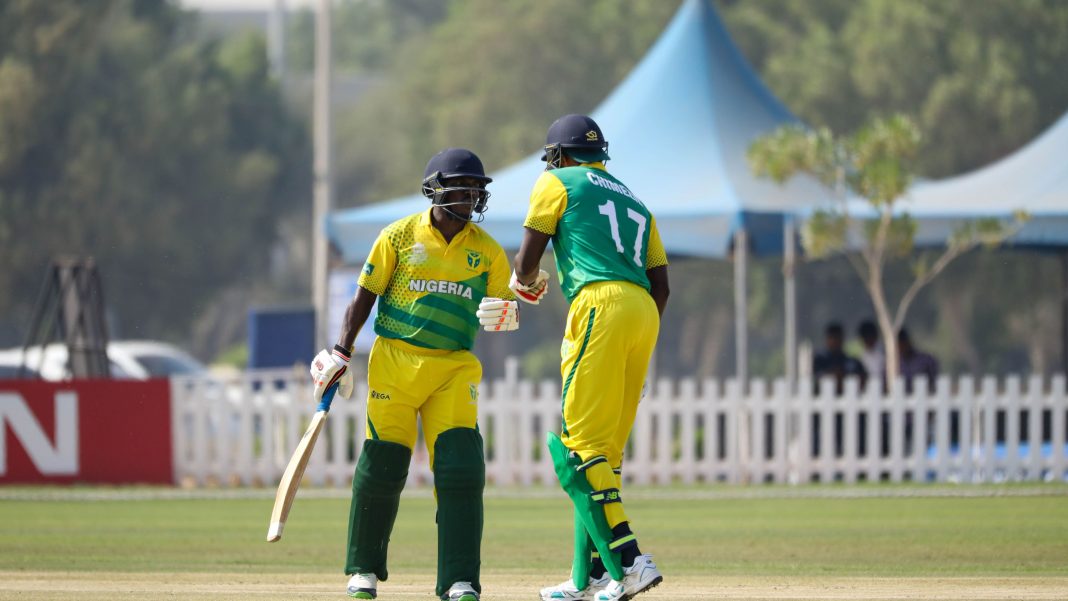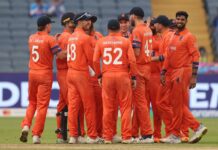To put it simply, 2019 has been a huge year for Associate cricket. Throughout the history of the game, ‘official’ international status has largely been restricted to ICC Full member nations and a handful of leading Associates, but that all changed following the ICC’s decision to grant Twenty20 International (T20I) status to sanctioned matches between all of its Associate members from 1 January 2019 (1 July 2018 for women’s teams). The result has been a surge in the number of sides playing T20I cricket and, with that, an increased interest and awareness around the cricket world of the sport being played and developed in these countries. Indeed, more than 75% of men’s T20I matches this year have involved an Associate nation.
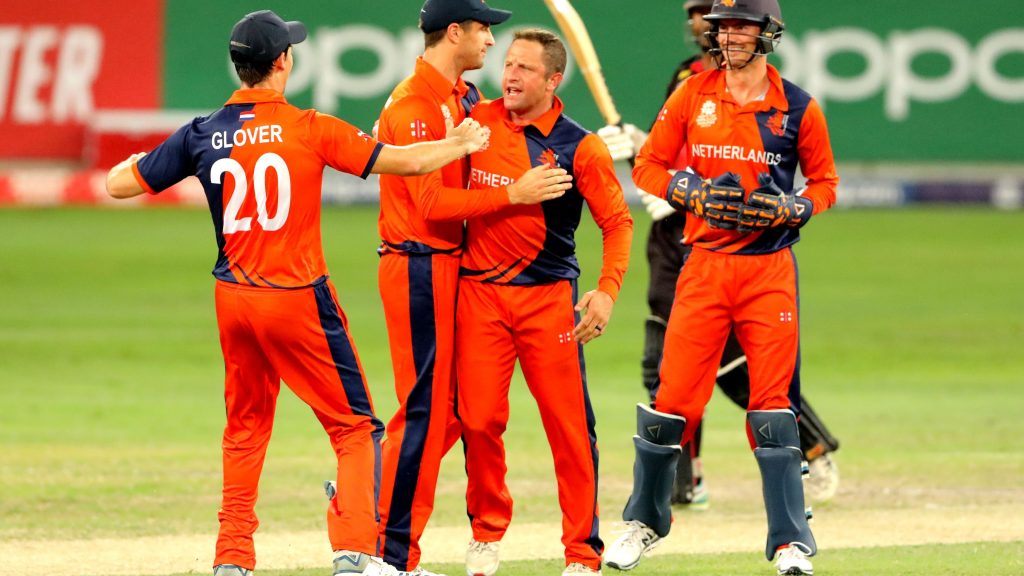
Universal T20I status: New nations, new venues for T20I cricket
Tournaments and bilateral series involving the more established Associate nations have been a regular fixture in the cricket calendar for some time now and the likes of Scotland, Netherlands, UAE and Nepal continue to lead the way, but the last 12 months have also seen T20I cricket played for the first time between a plethora of nations that are less likely to be on the cricketing radar of most fans. With T20Is played all over the world from Peru to Romania, and Malawi to Vanuatu, it is an important reminder that cricket truly is a global sport. A total of 48 men’s teams have made their T20I debut since 1 January 2019, along with 44 women’s teams (since July 2018), and while some of these boast a rich history of cricket, the extra exposure that must surely come with their new status can only be a huge positive for all involved.
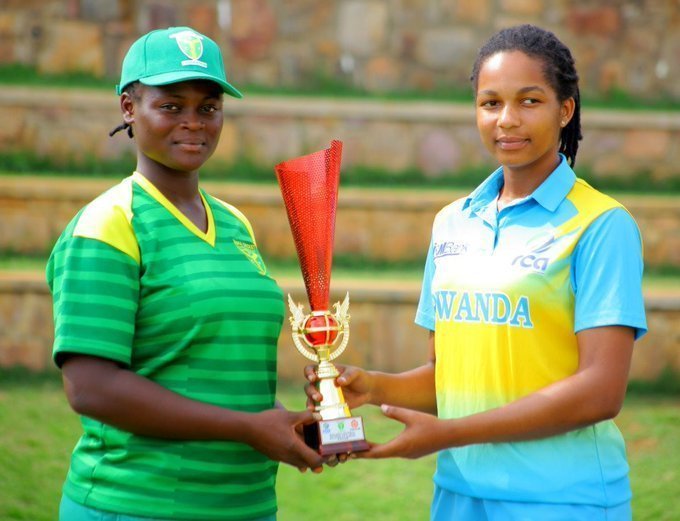
| T20I: Men’s team debuts since January 2019 |
| Argentina, Austria, Bahrain, Belgium, Belize, Botswana, Brazil, Bulgaria, Cayman Islands, Chile, Costa Rica, Czech Republic, Denmark, Finland, Germany, Ghana, Gibraltar, Greece, Guernsey, Italy, Jersey, Kuwait, Luxembourg, Malawi, Malaysia, Maldives, Malta, Mexico, Mozambique, Namibia, Nigeria, Norway, Panama, Peru, Philippines, Portugal, Qatar, Romania, Samoa, Saudi Arabia, Serbia, Singapore, Spain, Thailand, Turkey, Uganda, United States, Vanuatu |
| WT20I: Women’s team debuts since July 2018 |
| Argentina, Austria, Brazil, Bhutan, Botswana, Canada, Chile, China, Costa Rica, Fiji, France, Germany, Guernsey, Hong Kong, Indonesia, Japan, Jersey, Kenya, Kuwait, Lesotho, Malawi, Malaysia*, Mali, Mexico, Mozambique, Myanmar, Namibia, Nepal, Nigeria, Norway, PNG, Peru, Rwanda, Samoa, Sierra Leone, Singapore, South Korea, Tanzania, Thailand, Uganda, UAE, United States, Vanuatu, Zimbabwe |
T20 World Cup qualifiers
The showpiece of the Associate calendar was of course the T20 World Cup Qualifier in Dubai and Abu Dhabi in October, which was won by the Netherlands and saw both Papua New Guinea and Namibia qualify for their first T20 World Cup, along with Ireland, Scotland and Oman. It was an enthralling tournament with plenty of surprise results, starting with Singapore’s defeat of Scotland and continued by Jersey’s wins over Oman and hosts the UAE. A fantastic advert for Associate cricket, and a sign that the gap between the established associates and the next tier is closing.
To even reach this stage, many of the competing teams had already navigated their way through competitive regional qualifying finals played earlier in 2019, all played as full T20Is, and featuring many sides playing in their first matches with this elevated status. Papua New Guinea had little trouble in the East Asia-Pacific region against Vanuatu and the Philippines in March, Tony Ura scoring 243 runs in four matches. A rain-affected African qualifier in Kampala saw Namibia and Kenya claim two spots in the global event, with third-place Nigeria later put through as well following the ICC’s suspension of Zimbabwe. No luck for Ghana, Botswana or the hosts Uganda. In the European round-robin, held in Guernsey in June, the result could hardly have been any closer. Having seen off the hosts as well as Denmark, Italy and Norway, the final match saw Germany beat Jersey in quick time to draw level at the top with on qualification place on offer, only to miss out to the Channel Islanders by a net run rate difference of less than 0.1. Singapore hosted, and won, the Asia qualifier, at the expense of favourites Nepal; Malaysia, Qatar and Kuwait also missing out. Finally, Canada cruised through the Americas qualifier and was joined by their host Bermuda in reaching the global event after a disappointing campaign for the United States in a group that saw the Cayman Islands get their first taste of T20I status.
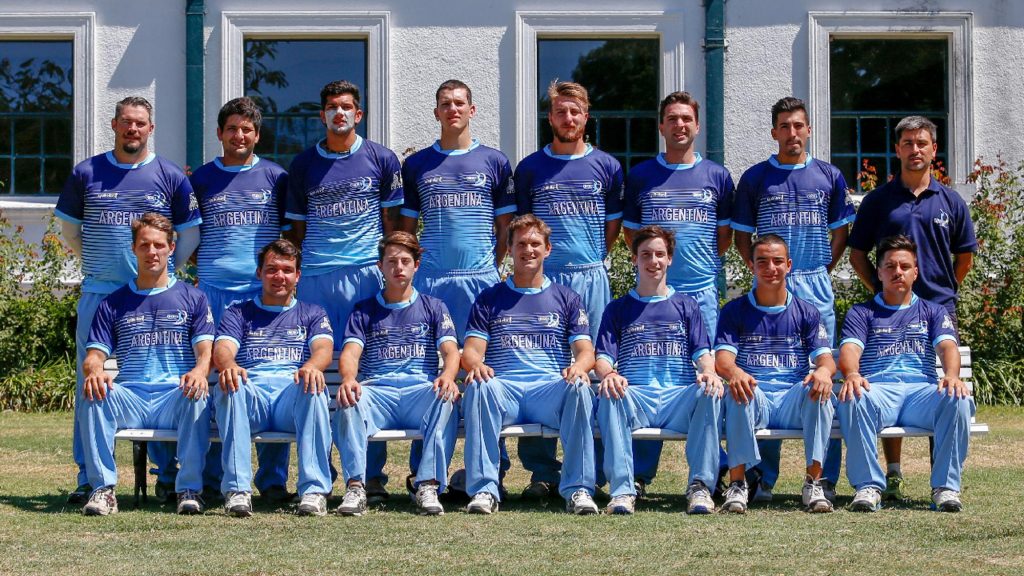
Emerging champions
While the global qualifier made plenty of mainstream media headlines, numerous other events have been going on that have not achieved the same coverage. Argentina, Belize and Samoa were among teams to play their first T20I matches, and each won a continental tournament. Belize won the Central American Championship, Argentina and Brazil claimed the South American Championship men’s and women’s events, respectively, while Samoa took home gold in the women’s cricket event at the Pacific Games (PNG unsurprisingly won the men’s gold). The casual cricket fan, in fact, most seasoned followers, could also be excused for not noticing China women’s victorious campaign at the East Asia Cup, Austria winning an event in Romania or Qatar winning two super overs against Kuwait within the space of a few months (yes, it’s not just the Kiwis who must hate super overs!).
Records aplenty
The concern for some within the world of cricket statisticians was that universal T20I status would result in distortions of the record books, damaging their ‘statistical integrity’. The greater good here of course is the growth and development of our beloved game, but as far as records are concerned there have certainly been some let’s say wild numbers.
The first major examples came during the Kwibuka Cup, the sixth edition of the women’s T20 event first hosted by Rwanda in 2014 in remembrance of the victims of the 1994 Rwandan genocide, and the first edition to have WT20I status. Mali, playing their first WT20I, were bowled out for a record low 6 runs in 9 overs by the hosts, their highest individual batter making just 1. Failing to score more than 30 in any of their six matches, left them with five of the six lowest scores in WT20Is to date. Ouch. Their opponents racked up the runs… Uganda’s 314/2 is the highest total in any WT20I, closely followed by Tanzania’s 285/1 (Rwanda’s 246/1 effort being the fourth highest, just behind the previous record set by England against South Africa in 2018).
On the men’s side, records tumbled at the Continental Cup in Romania, this time at the expense of Turkey who (after losing several players due to Visa issues) set the three lowest totals in men’s T20I history, the worst being the 21 they scraped together against the Czech Republic, who in that same match set the record high score (278/4) and the highest margin of victory (257). Czech batsman Sudesh Wickramasekara also equalled the fastest T20I century (35 balls) in that match; right up there with Rohit Sharma and David Miller.
Mention must also be made of what is possibly the biggest success story of the year in associate cricket, that being the Thailand women’s side. Led by captain Sornnarin Tippoch, their run of 17 successive victories is a world record in the women’s game, a sequence that included titles in the Bangkok T20 Smash and a quadrangular series against more the established sides of Scotland, Ireland and the Netherlands. All later backed up by securing a place in the 2020 Women’s T20 World Cup.
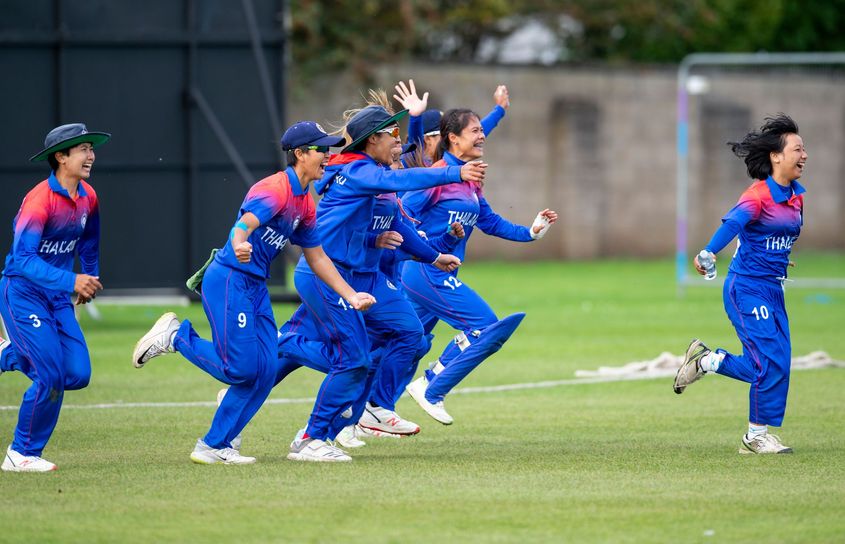
Age is but a number
Associate cricket was also responsible for a number of age-related records in 2019. At one extreme, Turkey’s Osman Göker played against Romania at the age of 59, whereas Kuwait’s Meet Bhavsar was just 14 when he played in the ACC Western Region T20 back in January. In the women’s game, a number of young players featured in WT20Is, in particular among a very young Jersey side, the youngest of which being Nia Grieg – one of a bunch of young women making their WT20I debut at the age of just 11. Surely the future is bright.
No longer ‘invisible’, but there is more to be done
Perhaps associations could be encouraged to provide some basic level of coverage and submit scorecards to the mainstream archives more promptly and accurately?
So a busy year. Enhanced status of matches means that the smaller Associate nations now have a platform. They are no longer invisible to the wider cricket community, but there is still much more that could be done. While some associations have taken full advantage by using their websites or social media platforms to advertise forthcoming series and then summaries of the action – sometimes even live scores or streaming – others have left would-be reporters and statisticians scrabbling around for any snippet of information weeks after the cricket has finished. Perhaps associations could be encouraged to provide some basic level of coverage and submit scorecards to the mainstream archives more promptly and accurately? It is, after all, the responsibility of these associations to make the most of the potential interest.
That being said, T20I status and the recording of statistics by mainstream media, provides nations away from the traditional cricketing centres, and their players, an enhanced sense of meaning, value and opportunity. Yes, there have been some uneven contests, but there have also been many nail-biters. In no way does a match between Portugal and Gibraltar, or Malawi and Mozambique, take anything away from any other Twenty20 International cricket. Besides, the concept of status is a somewhat artificial one and so who are those statisticians to decide whose numbers should not count? In reality, each series comes with a story of cricketing history and, importantly, of the initiatives of the various national associations for developing the game and increasing participation.
There’s lots more Twenty20 to come in 2020, not least presumably another round of qualifiers for the 2021 T20 World Cup (hopefully), as well as a bunch of new nations entering those record books. Plenty to look forward to!
*Corrected / total updated after being left off at the time of original publishing

